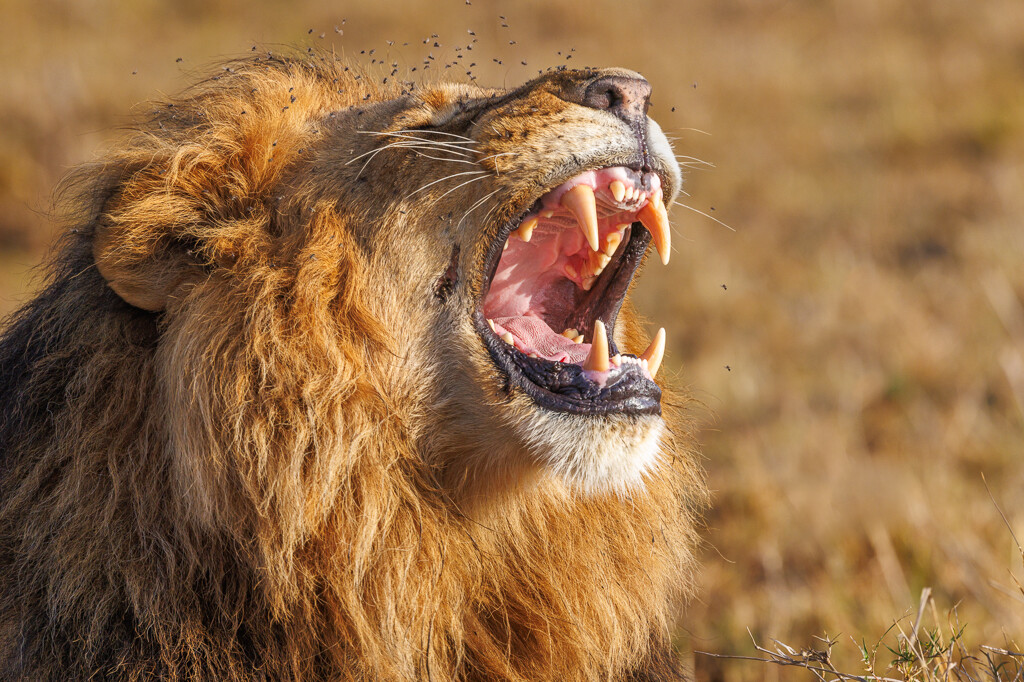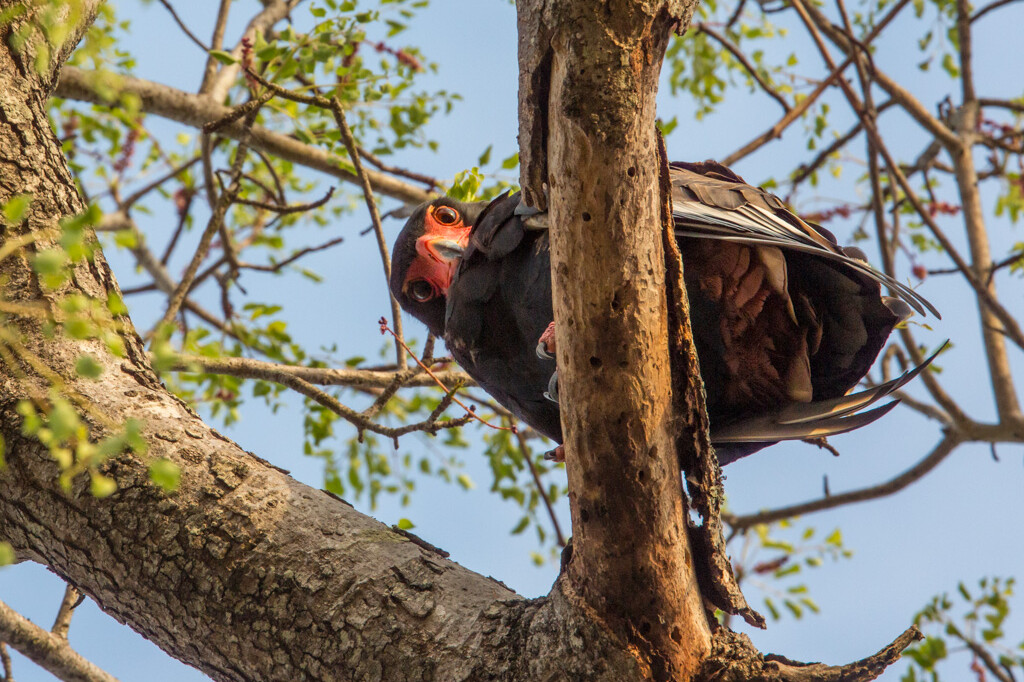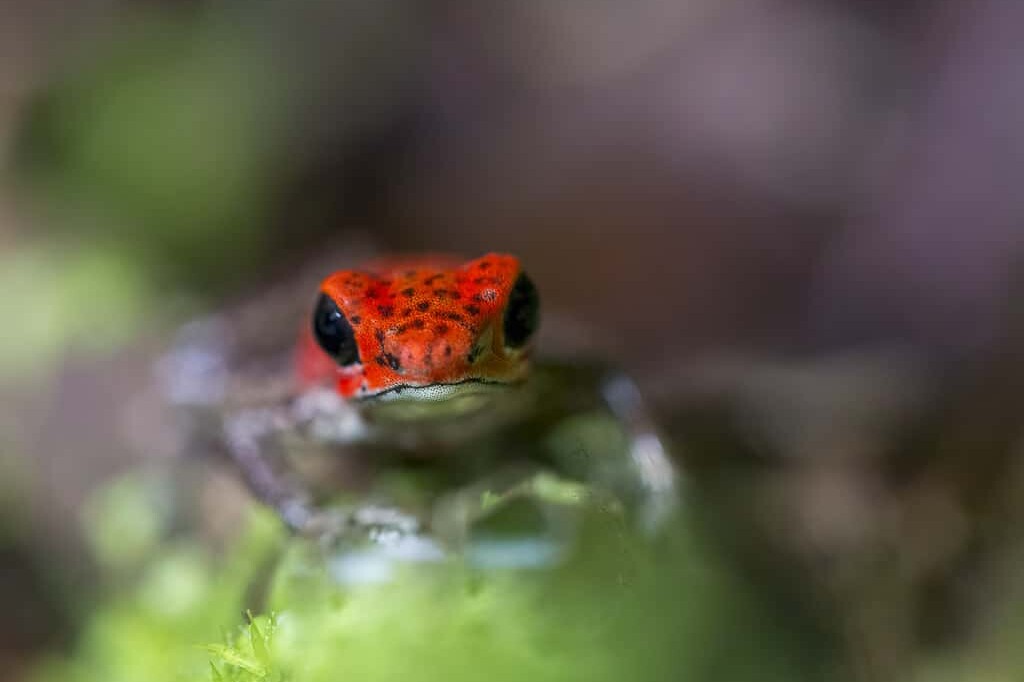When I travel to Africa and meet my guides for the first time, one of the first questions they ask is, What are you hoping to see? Expecting to hear leopard, rhino or elephant, I always enjoy the startled expression that briefly lights up their face when I reply; A chameleon. I love chameleons and photographing them is very high on my wish list when I go on safari. I have had some very lucky encounters with South Africa’s flapneck chameleon, the old-world lizard that first seduced me and ignited my passion. But in November of 2014 I was fortunate to meet Anton Child, proprietor of The Emakoko, a fabulous lodge in Nairobi National Park. Anton’s enthusiasm for snakes and reptiles was infectious and he quickly introduced me to to a little three-horned wonder: the Jackson’s chameleon. I must admit, I fell hard. I soon realized I would become a loose and easy woman when it came to loving little green reptiles.

Trioceros jacksonii
Trioceros jacksonii, the three horned chameleon gets its name from trioceros, a Greek derivative from the combined terms tri which means three, and keras meaning horns. These little lions are known for their fierce defensive displays where they can be seen hissing and lunging at their opponent, as well as doing battle with their unique and formidable horns. These unique looking lizards with their little mitten-like hands have wonderous eyes shaped like a dotted turret with a glassy pupil. The males have three horns protruding from their crest and their long and speedy tongues, extending 1.5 times their body length, can fully extend in .07 seconds.
Jackson’s chameleon Socializing
Jackson’s are solitary lizards and outside of their mating season will stick to themselves, intimidating each other if territories are compromised. But when the days get hotter and longer and it is time to find a mate, males will begin a series of displays to initiate courtship with a lady-Jackson’s. As they sway and dance, lifting their spiny backs higher, they might stretch up their neck and open their mouth wide, displaying their powerful jaws hoping to convince her of their hunting prowess. They will also rapidly change colour creating a vibrant display meant to win her heart. And if a female happens to have eyes for two males, it will come down to a joust with horns to determine who will move on to the next round.

The native home of this intriguing reptile is Mount Kenya, with its varied vegetation and high insect population. At some point, humans transported the Jackson’s chameleon to Hawaii, where they have now made a home, thriving amongst the rich vegetation and plentiful insect population. Sadly, chameleons of all varietals are a very popular exotic pet and far too many of these creatures are now captured in the wild and then shipped around the world for private ownership, many dying along the way.
Photographic Challenges
Chameleons certainly charm the camera, but they are a challenge to capture. First, you have to find them. They are very well camouflaged. I rely on Anton on our travels around Nairobi where even the vegetation in a parking lot can provide a hidden home. In the dark shadows of foliage, you do not have much light and the small horns are long enough to throw off your depth of field. Trying to steady yourself as you reach in between branches and relying on very low f-stops and slow shutter speeds to compensate for the lack of light, they are difficult to capture from end-to-end — but I certainly never tire of trying!

For more about my adventures with chameleons, check out Up Close with Chameleons on my ko-fi.com/njwight page.

NJ Wight
Image maker and storyteller, bringing my audience up close to the extraordinary wildlife that has transformed my thinking and shaped my creative expression.
More Great Posts
June 12, 2024
Lion Population: The Sad Story of Lion Math
June 1, 2024
The Bateleur Eagle: An Unusual Perspective
February 29, 2024
Photographing Safari Silhouettes
January 17, 2024
Photographing the Dragonfly in Flight
July 29, 2023
Photographing the Strawberry Poison Dart Frog
July 17, 2023









LOVE the leapin lizard pics of your flying Jackson’s. I am going to have to put him on my list of animals I want to see!
etonnant et magnifique, bravo
Merci Laurence!
Great photo’s, as always Nancie.
Have you ever wondered why the Jackson’s has horns? There must be an evolutionary advantage but it’s a mystery to me. 🙂
(Not that this is particularly unusual…)
Good question Bruce. Easier to carry donuts I imagine… 🙂